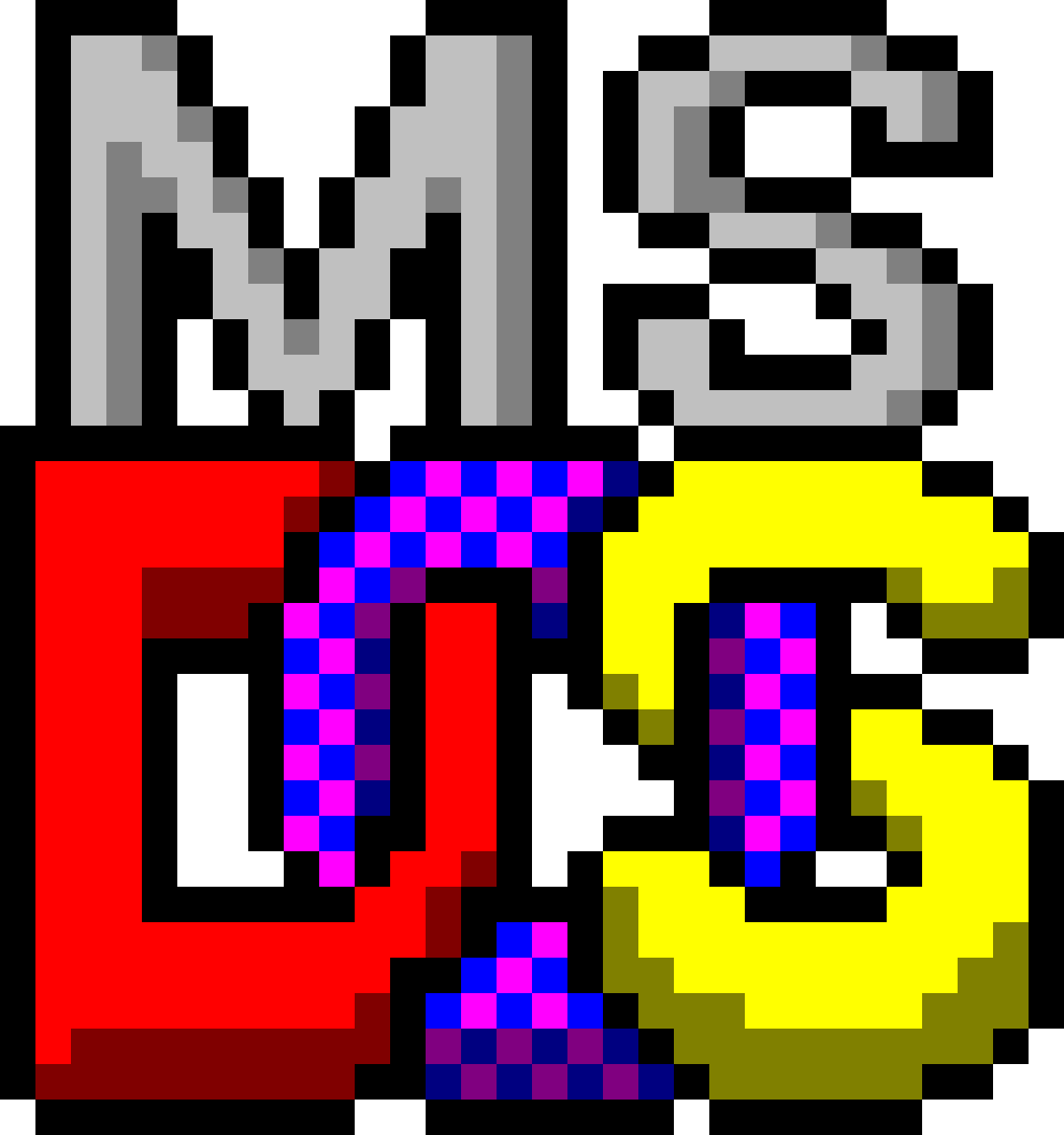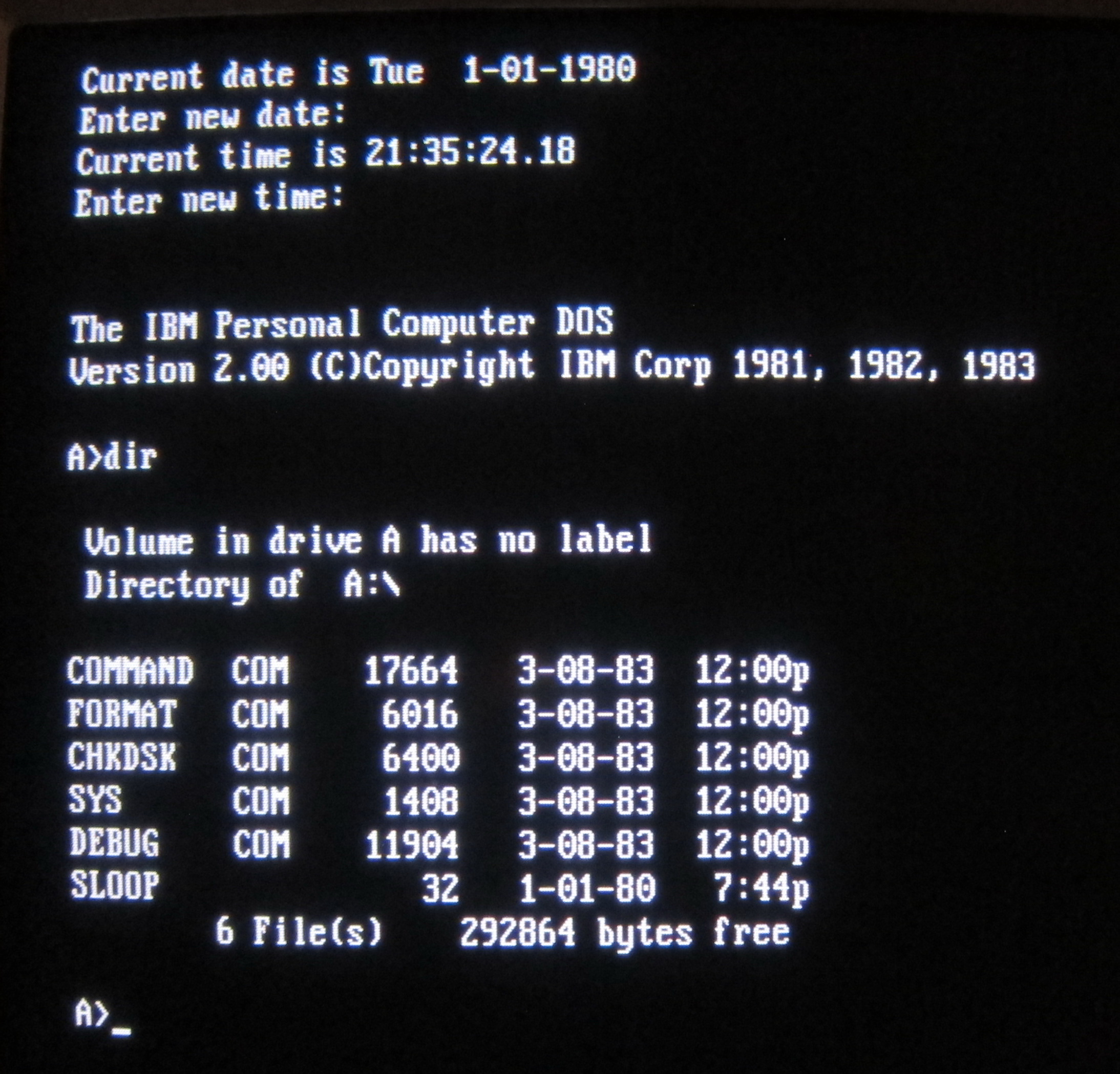In an age dominated by sleek interfaces and lightning-fast processing, can the echoes of the past still resonate? The answer, surprisingly, is a resounding yes, especially for those who yearn for the raw, unadulterated experience of early computing: the world of DOS.
The journey into DOS, a world predating the graphical user interfaces we now take for granted, may seem like a relic of a bygone era. However, this very "relic" offers valuable insights into the foundations of modern computing and, for some, a delightful dose of nostalgia. Installing a DOS system, even in this day and age, can be a rewarding experience, allowing one to appreciate the evolution of software and hardware. This is especially true if your machine, for reasons unknown, doesn't support a BIOS.
For those looking to dip their toes into this classic operating system, a virtual machine is the key. This approach offers a safe and controlled environment, allowing you to explore DOS without risking your primary operating system or hardware. Several virtualization software options are available, each with its strengths and weaknesses. Microsoft's Virtual PC, Oracle VM VirtualBox (developed by the company formerly known as Sun Microsystems), and VMware Workstation Pro are three of the most popular choices. Each offers a slightly different approach to virtualization, but all share the same fundamental goal: to create a virtual computer within your existing system.
Once the virtual machine is set up, the next step is to acquire a DOS installation file. It's worth noting that this is not an original creation, but a file found elsewhere. This iso file will act as the installation medium, much like the original floppy disks of yesteryear. The process of installing DOS within a virtual machine mirrors the installation on a physical computer, albeit with a few modern conveniences.
Many websites host free DOS games with accompanying videos, allowing you to revisit the classics and even play them online directly in your browser. There are also communities that offer forums and detailed instructions for running these games on contemporary PCs, providing a wealth of knowledge for both nostalgic gamers and those eager to experience the origins of the gaming world. Furthermore, if you get stuck while you are doing it, there are 3 installation floppies which are easy to install for your convenience.
During this journey, one might encounter some hiccups. Some files were initially uploaded with errors. However, all the issues have been corrected. The updated files have been uploaded, so the older versions are no longer available for download. If you had previously downloaded the older version, please obtain the new ones.
Let's consider some of the best virtualization softwares that will help us in achieving the goal of installing the DOS system.
Microsoft Virtual PC: This software, although no longer actively developed, provides a straightforward and user-friendly interface. Its simplicity makes it an excellent choice for beginners, especially those new to the concept of virtualization.
Oracle VM VirtualBox: Developed by Oracle (originally by Sun Microsystems), VirtualBox is a powerful and versatile option, prized for its extensive feature set and cross-platform compatibility. It supports a wide range of guest operating systems, making it a versatile tool for testing and development.
VMware Workstation Pro: This is a commercial product offering advanced features and robust performance. It's often favored by professionals for its stability and ability to handle demanding workloads, making it suitable for running multiple virtual machines simultaneously.
While the steps involved in installing DOS might vary slightly depending on the virtualization software you choose, the overall process remains consistent. Generally, you'll create a new virtual machine, configure its settings (including memory allocation and hard drive size), and then mount the DOS installation file (typically an ISO image) as a virtual CD-ROM drive. After this you will have the option to install a DOS.
The process, while seemingly simple, is a testament to the enduring appeal of DOS. For many, it is a nostalgic trip back to simpler times when computing was more about command-line interfaces and less about flashy graphics. Its a reminder of the origins of the software we use every day and a way to connect with the pioneers of the digital age.
If you have been wondering how to install DOS system using the virtual machine, then here's a comprehensive guide:
Step 1: Choose Your Virtualization Software
As mentioned above, you have various choices to choose from. Consider your experience and needs. If you are a beginner, then you might go for Microsoft Virtual PC. However, if you are looking for power then VMware or Oracle VM Virtualbox can be the options. Note that VMWare is a paid software. While Oracle VM Virtualbox is open source.
Step 2: Download the DOS installation files (ISO)
Find a reliable source to download a DOS installation ISO file. Verify its integrity before proceeding to ensure a smooth and secure installation. A quick search online should provide several options.
Step 3: Create a New Virtual Machine
Open your chosen virtualization software and create a new virtual machine. Give it a descriptive name (e.g., "DOS VM"). Choose the appropriate operating system type. Generally, you can select "Other" or "MS-DOS" from the list of available operating systems.
Step 4: Configure the Virtual Machine's Hardware
Allocate memory (RAM) to the virtual machine. 64MB or 128MB is typically sufficient for DOS. Create a virtual hard disk. A small size (e.g., 500MB - 1GB) is usually adequate. Configure the virtual CD/DVD drive and mount the DOS installation ISO file to the virtual drive.
Step 5: Start the Virtual Machine and Install DOS
Start the virtual machine. It should boot from the DOS installation ISO. Follow the on-screen instructions to format the virtual hard disk and install DOS. This process will vary depending on the specific DOS version you're installing.
Step 6: Customize and Explore
Once DOS is installed, customize your setup as desired. Install drivers, add software, and configure the system to your preferences. Explore the command-line interface and rediscover the simplicity of DOS.
Troubleshooting Common Issues
Problem: The virtual machine isn't booting from the ISO.
Solution: Double-check that the ISO file is correctly mounted in the virtual CD/DVD drive settings. Ensure the boot order in the virtual machine's BIOS settings prioritizes the CD/DVD drive.
Problem: The hard disk isn't recognized during installation.
Solution: Verify that the virtual hard disk is created and configured correctly. In some cases, you might need to use a DOS partitioning tool (like FDISK) to prepare the virtual hard disk for installation.
Problem: "Out of Memory" errors.
Solution: Allocate more RAM to the virtual machine. This can be adjusted in the virtual machine's settings.
Problem: Unable to exit the Chinese system
Solution: The initial boot disks used caused issues with exiting the Chinese system. They have now been updated to resolve these issues.
Problem: QDISK issues on single hard drive computers
Solution: In the initial boot disks, QDISK had some hard drive partitioning errors, especially when only one hard drive was present. The issues have now been resolved in the new updates.
Remember: The joy of DOS lies in its simplicity and directness. Embrace the command line, experiment with different commands, and explore the wealth of software available for this operating system. The experience is both educational and entertaining, offering a unique glimpse into the evolution of computing.
If you are having trouble or finding it difficult to understand, remember that you are not alone, there are many online communities. If you're facing challenges, consult online forums, and seek help from experienced users. Many DOS enthusiasts are eager to assist newcomers, and there's a wealth of knowledge available.
This foray into DOS isn't just about running old software, it's an appreciation for the foundation of modern computing, a recognition of the ingenuity of pioneers, and a reminder that even the simplest systems have their own elegance. So, fire up your virtual machine, and embark on a journey back to the roots of the digital world.
Here is some of the information related to the software's used, for your reference
| Software | Description | Features | Pros | Cons | Link for Reference |
|---|---|---|---|---|---|
| Microsoft Virtual PC | A virtualization program created by Microsoft. | Simple Interface | Easy to use, Ideal for beginners. | No longer actively developed, Limited features compared to others. | Microsoft Virtual PC - Wikipedia |
| Oracle VM VirtualBox | A powerful and versatile virtualization software. | Cross-platform support, Feature-rich, Open-source. | Versatile, Extensive feature set, Free to use. | Can be complex for beginners, Steep learning curve for advanced features. | VirtualBox - Oracle |
| VMware Workstation Pro | A professional virtualization software. | Advanced features, Robust performance | High performance, Stable, Suitable for demanding workloads. | Commercial software, Requires a paid license, More complex setup. | VMware Workstation Pro |


